\begin{equation}
Q_{t+1}(s_t,a_t) = Q_{t}(s_t,a_t) +\alpha
(R_{t+1} + \gamma * \max(Q_t(s_{t+1}, a)) - Q_t(s_t, a_t))
\end{equation}
In above equation,there is a term max(Q_t(s_{t+1},a))
Now say after you take an action in state s_t resulting in s_{t+1}. There are no available moves in s_{t+1}. The game has ended in draw, What is this max(Q_t(s_{t+1},a)) then?
